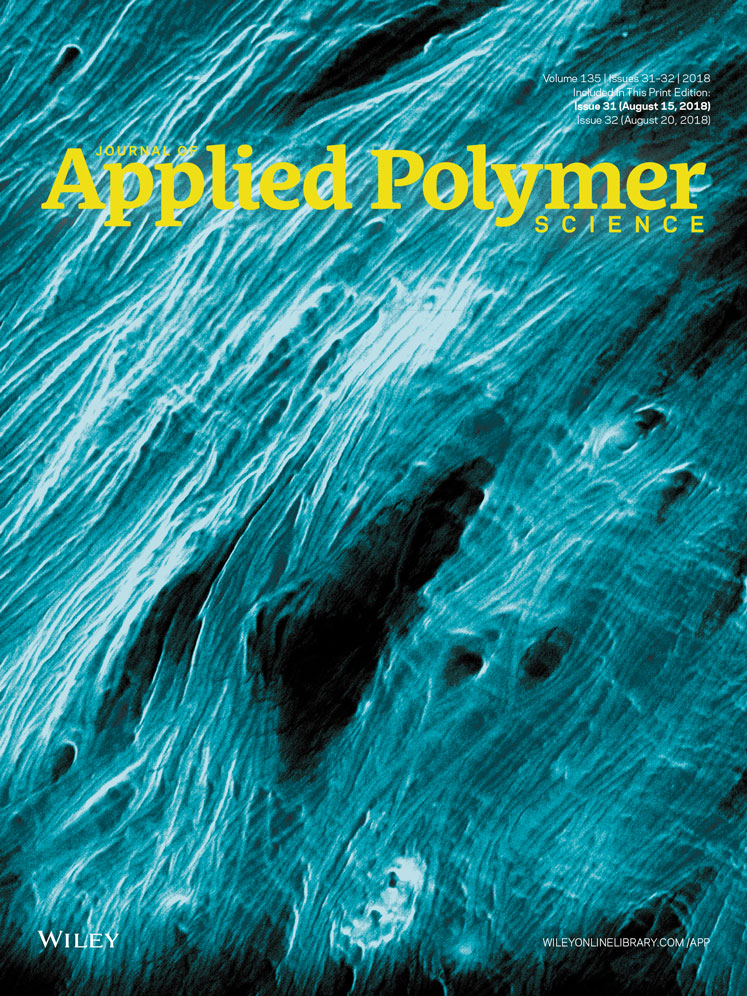Pluronic-based dual-stimuli sensitive polymers capable of thermal gelation and pH-dependent degradation for in situ biomedical application
C.-H. Whang and H. K. Lee contributed equally to this work.
ABSTRACT
Thermo-sensitive hydrogels are considered ideal for applications in the biomedical fields for their biocompatibility, flexibility, tissue-like water content, and reversible gelation property. By adjusting sufficient hydrophilic–hydrophobic balance in block copolymer structure, thermogel's critical gelation temperature (CGT) can be modified to be near the physiological temperature, which makes it an appealing candidate for in situ gel depot. In this study, we report successful syntheses of novel multiple block copolymer compounds, denoted as dual-stimuli sensitive polymers (DSSPs), by copolymerizing Pluronic P104 (7100 Da) and 2,2-bis(aminoethoxy)propane (BAP) using diisocyanate linkers, l-lysine ethyl ester diisocyanate (DSSP-1), and 1,6-hexamethylene diisocyanate (DSSP-2). Through effective elongation of polymer chain lengths (DSSP-1: 41,760 Da, DSSP-2: 41,230 Da), Pluronic P104's reversible thermal gelation properties were enhanced, as demonstrated by lowered CGTs (DSSP-1: 36 °C, DSSP-2: 38.7 °C; 15 wt %) that is near the physiological temperature. Furthermore, integration of acid-labile BAP allowed rapid pH-dependent degradation of the polymer, which was displayed by gel permeation chromatography and release profiles of nile red and irinotecan from polymeric micelles and gels, respectively. © 2018 Wiley Periodicals, Inc. J. Appl. Polym. Sci. 2018, 135, 46552.




